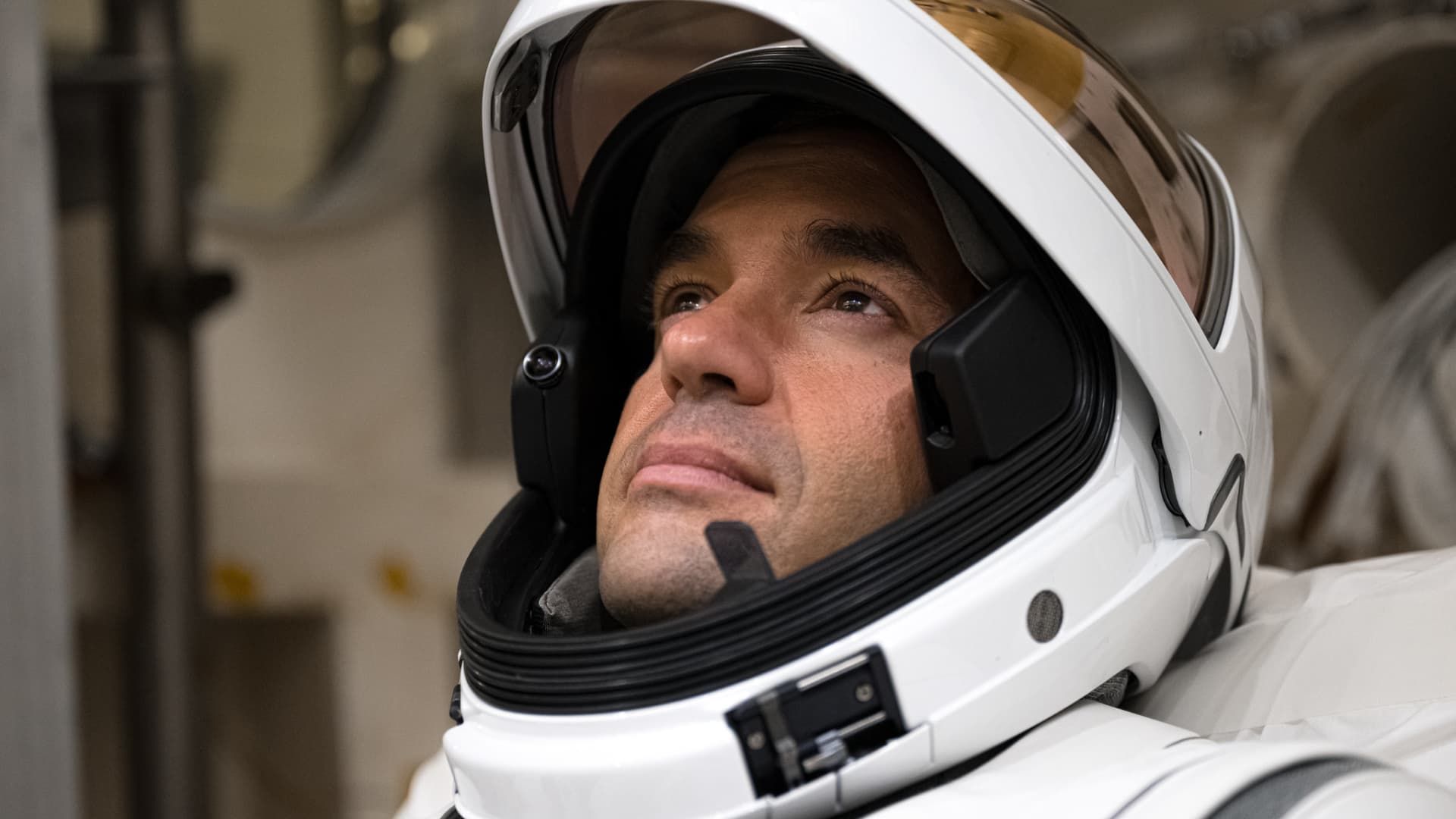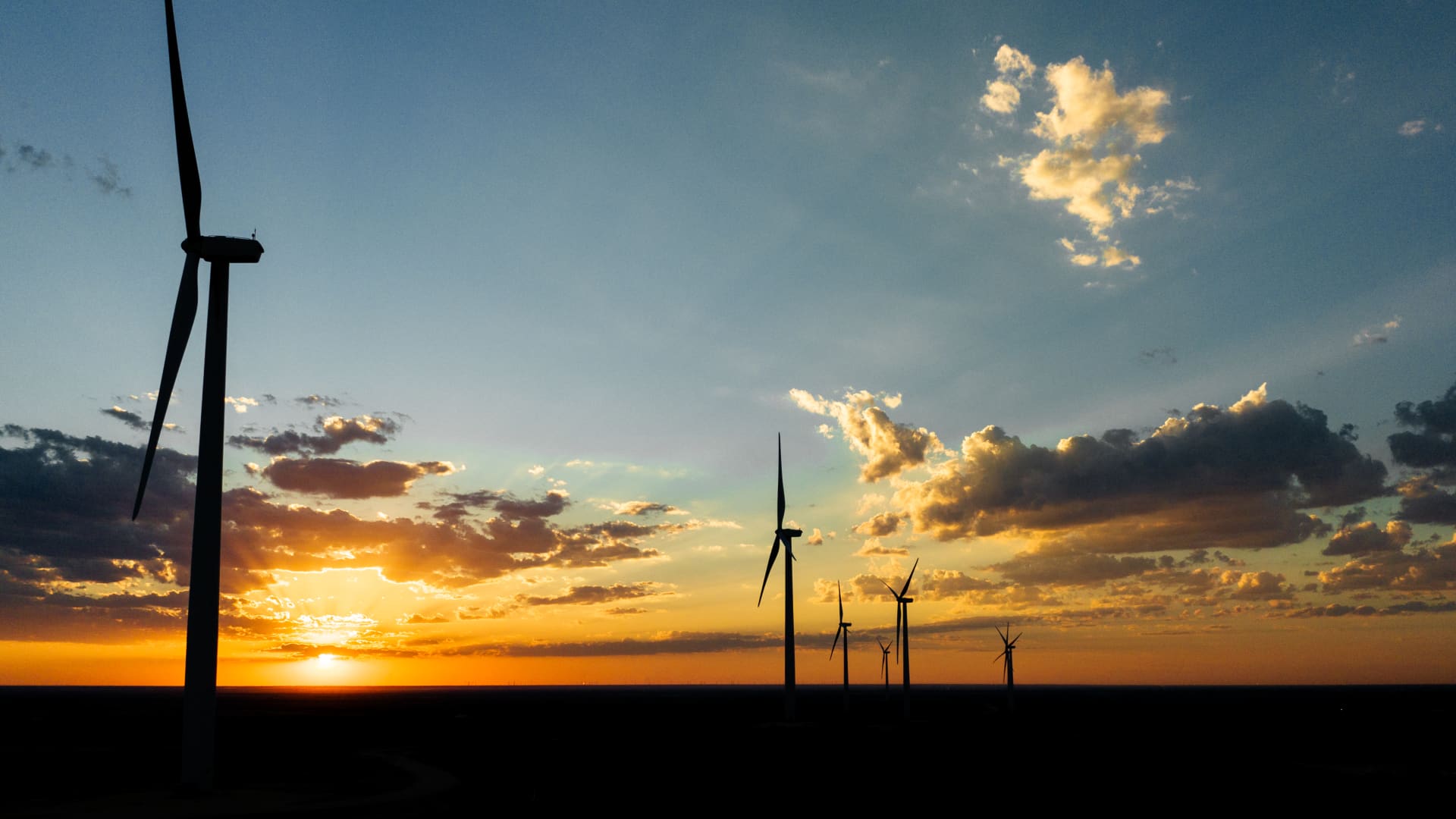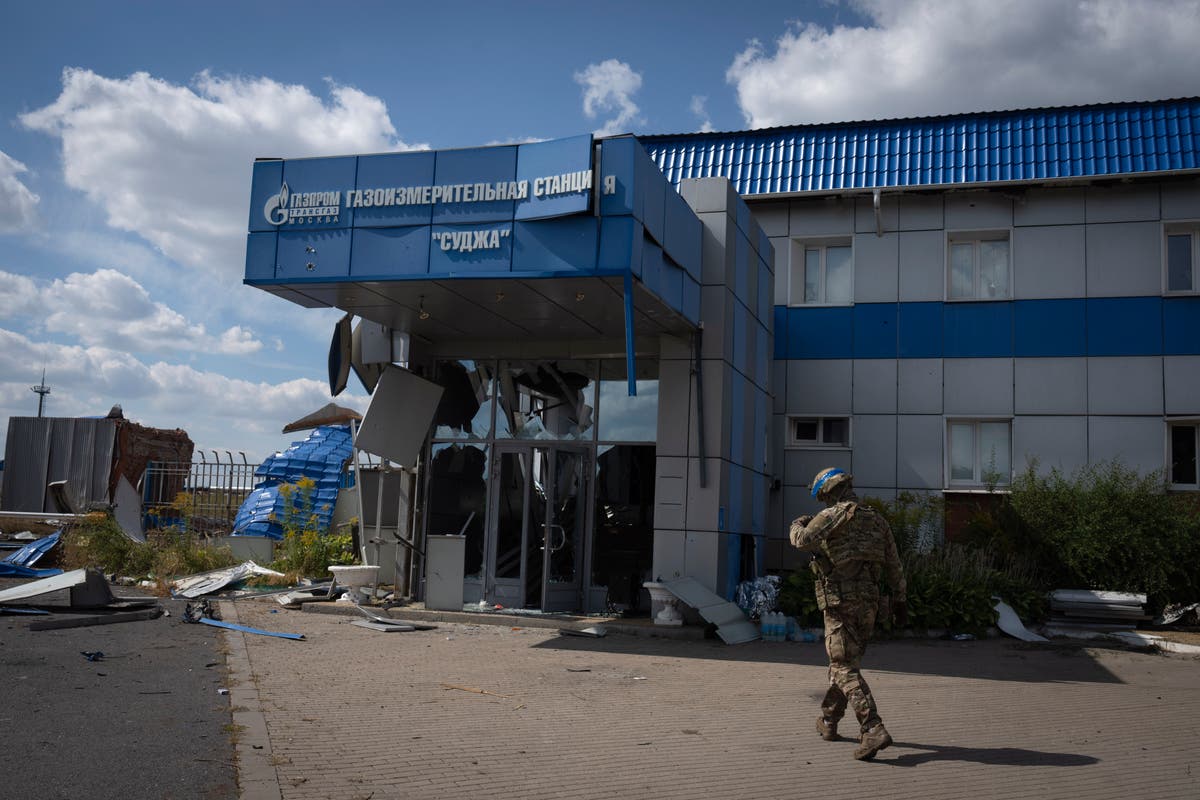Polaris Dawn Commander Jared Isaacman during spacesuit testing.
John Kraus / Polaris Program
SpaceX is preparing to launch its next private mission later this month, marking the first attempt to get astronauts into space.
The Polaris Dawn mission, the first of three flights by the billionaire and Change 4 Company founder Jared Isaacman bought SpaceX in 2022 for his human spaceflight project known as the Polaris Program, and is set to launch from Florida in the early hours of August 26.
“We don't have the freedom to choose any time of day for the launch, but I think it will work.” [be] “Pretty close to sunrise, which is very appropriate given the mission,” Isaacman told CNBC's Investing in Space during an interview last month.
Isaacman will command the mission, as he did while leading the historic Inspiration4 flight in 2021. He once again leads a four-person crew, with longtime colleague Scott Poteet joining him as pilot and Anna Menon and Sarah Gillis, a pair of SpaceX employees, serving as the flight’s medical officer and mission specialist, respectively.
The multi-day journey is not headed to any destination, but will be a free-flying mission that will trace orbits the crew hope will take them far from Earth.
“We're going to reach a very high altitude that humans haven't reached in over 50 years,” Isaacman said.
The Polaris Dawn crew, from left: Anna Menon, Scott Poteet, Jared Isaacman and Sarah Gillis.
SpaceX
But the centerpiece of Polaris Dawn is the planned spacewalk.
Extravehicular activities, or EVAs, have been a regular part of NASA astronaut missions for years, such as when the agency needs to perform maintenance outside the International Space Station. But no private company had ever attempted an EVA before.
Isaacman said he understands that doing a spacewalk means he and his crew will be “surrounded by death,” a moment for which they have been training extensively.
“The only thing that comes close to that is the vacuum chamber, and that's where you feel almost as close as you would be in vacuum conditions or in space… That definitely gives you the real sensations of pressure and temperature changes, as well as the psychological stressors of being in a very hostile environment,” Isaacman said.
Five-day mission plan
The Polaris Dawn mission crew, from left: Medical Officer Anna Menon, Pilot Scott Poteet, Commander Jared Isaacman and Mission Specialist Sarah Gillis.
Polaris Program / John Kraus
Isaacman also detailed the daily schedule for Polaris Dawn, which will be in space for up to five days.
Day one is all about finding a time when there is minimal risk of orbital debris from micrometeorites, which will determine exactly when Polaris Dawn launches. After reaching an orbit of 190 kilometers by 1,200 kilometers, Isaacman said the crew will conduct thorough checks of SpaceX's Dragon Resilience capsule.
“It is very important to know that the vehicle has no faults before reaching 1,400 kilometers” of altitude, Isaacman explained.
The spacecraft will also make early passes through the high-radiation zone known as the South Atlantic Anomaly.
“Ideally, we want to do it at the lowest altitude possible because even at 200 kilometers, the radiation level there is substantially higher… Our two or three high-altitude passes through the South Atlantic Anomaly will represent almost the entire radiation load of the mission and something like the equivalent of three months on the International Space Station,” Isaacman said.
The second day will focus on some of the science and research activities Polaris Dawn plans to conduct, which will involve about 40 experiments in total. The crew will also prepare for spacewalks and test EVA suits.
“So we can be confident that… there's nothing unexpected in microgravity compared to what we've been able to test on Earth,” Isaacman said.
The third day is the big one: the EVA.
The space walk
So who on the crew will be doing the spacewalk?
“We'd say we're doing it all four of us: There's no airlock and it's venting downward to create a vacuum” inside the spacecraft, Isaacman said.
Two of the crew members will travel outside Dragon: Isaacman and Gillis, while Poteet and Menon will remain inside as support.
The EVA is expected to last two hours from start to finish. Isaacman stressed that the spacewalk “is really a testing and development process.”
“We want to learn as much as we can about the suit and how it works, but we only have a limited amount of oxygen and nitrogen to work with,” Isaacman said.
Polaris Dawn plans to livestream the spacewalk, and the mission commander stressed that there will be “a lot of cameras” spread out inside and outside the capsule.
Brand new spacesuits
A SpaceX extravehicular activity (EVA) suit during a test on June 24, 2024.
John Kraus / Polaris Program
The crucial piece of equipment intended to make EVA possible is SpaceX's spacesuits.
The company has spent the past two years using its minimalist-looking black-and-white IVA suit (i.e., for intravehicular activities, which astronauts wear in an emergency) to create its EVA suit. Isaacman said the EVA suits are the result of hundreds of hours of testing with different materials over the years.
“Our main goal is to learn as much as we can about the suit,” Isaacman said.
“It's all about building the next generation. We continue to iterate on this suit design so that SpaceX can have hundreds or thousands someday for the Moon, Mars, working on [low Earth orbit]”What's wrong with you? Building a new EVA suit is no easy task,” he added.
Polaris Dawn medical specialist Anna Menon during spacesuit testing.
John Kraus / Polaris Program
Polaris Dawn aims to push the boundaries of private spaceflight, and like his first trip to orbit, Isaacman hopes the mission will prove inspiring.
“That's the inspiring side… anything that's different from what we've seen in the last 20 or 30 years is what gets people excited, thinking, 'Well, if this is what I see today, I wonder what it will be like tomorrow or a year from now.'”
Read Isaacman's Q&A with CNBC's Investing in Space newsletter here.










